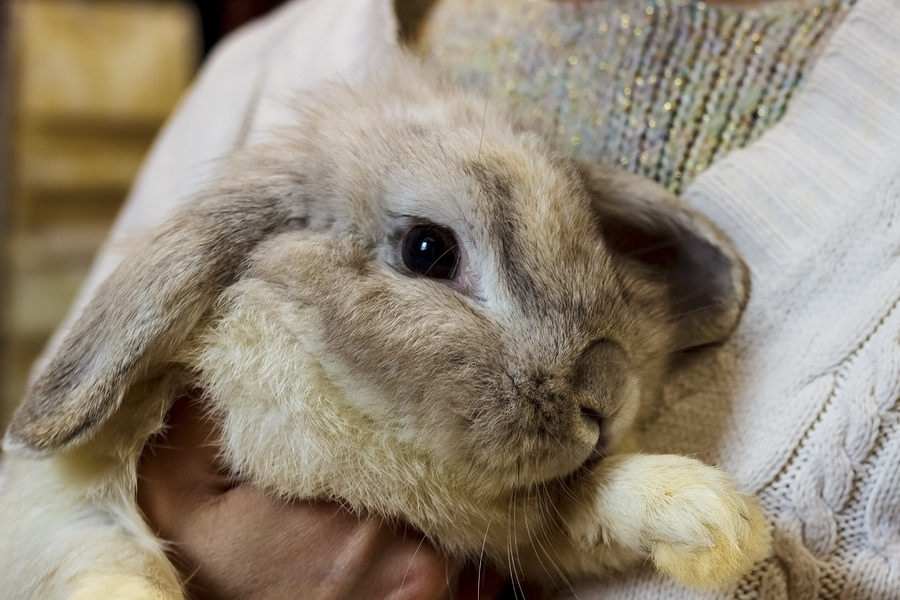People continue to buy rabbits at Easter. Unfortunately, when that is a spontaneous decision, it is typically a wrong decision.
While rabbits can be wonderful pets, they’re often paired with young children, which is hardly ever a good idea.
Here are 10 things to know about keeping rabbits as companion animals.
- When purchasing a washing machine, you likely do homework first. Rabbits are emotional beings who are an 8- to 12-year commitment. “Do your homework first,” says Anne Martin, executive director of the House Rabbit Society. Pet rabbits (or any pet for that matter) deserve that research to ensure they are the right pet at the right time for your family.
- Rabbits require veterinary checks, even wellness exams, just like dogs and cats. Martin says, “Be sure to find a veterinarian with a special interest in rabbits.”
- House rabbits should be spayed or neutered. Uterine cancer rates are high among rabbits. If the cancer hasn’t metastasized, there’s a high curative rate, but as rabbits age it’s more likely that cancer will be metastasized, which is then a likely death sentence. Females can be spayed when they are six months old. Male rabbits can be neutered when eight to 12 weeks old. Neutering can help to prevent potential hormone-related behavior problems in bunnies. That’s important because behavior problems are often why people relinquish rabbits to shelters.
- Pet rabbits aren’t Bugs Bunny. People think rabbits like to eat carrots, and they’re right about that. However, carrots, which are high in sugar, should be offered only as small occasional treats. A rabbit’s diet should consist of high-quality pellets and daily fresh hay (timothy hay, oat hay, and other grass hays). Access to fresh hay is essential to rabbit health.
- Rabbits are often purchased for very young children, but that match may be one-sided. Young children are hard-wired to hug, cuddle, pick up, and carry rabbits. “Rabbits are prey animals by nature; the only time they’re picked up is if they are about to be dinner,” says Martin. “They’re usually very fearful of being held and snuggled. We also find that adults and older children are better aware of rabbit body language and respond to what the rabbit is ‘saying.’”
- Rabbits have acrophobia, a fear of heights. They appear to innately know they can become seriously injured, even when falling three or four feet. “Rabbits want you to interact with them on the ground, on their level,” Martin says.
- “Rabbits are really easy to litter box train,” says Martin. Purchase rabbit-safe litter, and a litter box that a rabbit can get excited about. That means a box that’s large enough so the rabbit has plenty of elbow room. Fill the box with rabbit-friendly litter and then add plenty of fresh hay.
- Rabbits are social and love having friends. Of course, you know how rabbits are so make sure any bunny friends (and your own rabbit) are spayed/neutered and have received a health exam before you set up a bunny playdate. Allow for speed dating first and place the bunnies side by side in cages at the start to test compatibility. Rabbits can be picky about who their friends are. Don’t just push two strangers together.
- Bunnies prefer predictability. And little kids are rarely predicable. Rabbits generally don’t like turmoil, especially when caused by small children, let alone when they don’t have a chance to get away from the commotion and enjoy a rabbit spa day elsewhere in the home.
- Rabbits don’t lay eggs.
his article was reviewed/edited by board-certified veterinary behaviorist Dr. Kenneth Martin and/or veterinary technician specialist in behavior Debbie Martin, LVT.








